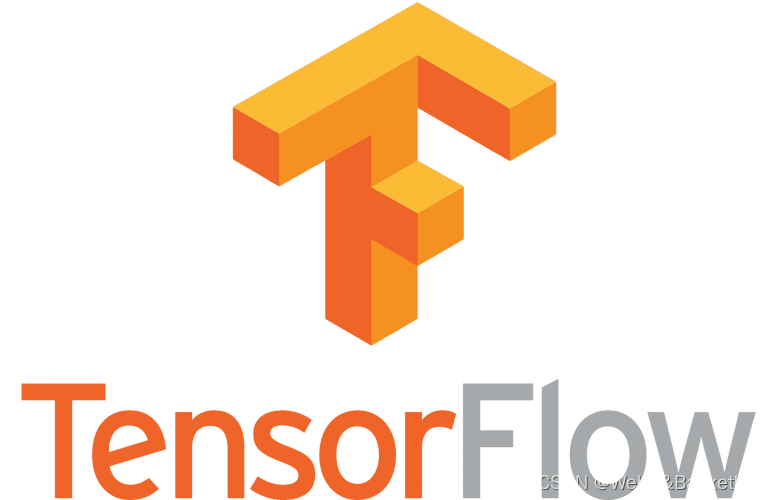

一、Python 卷积神经网络(CNN)进行图像识别基本步骤
Python 卷积神经网络(CNN)在图像识别领域具有广泛的应用。通过使用卷积神经网络,我们可以让计算机从图像中学习特征,从而实现对图像的分类、识别和分析等任务。以下是使用 Python 卷积神经网络进行图像识别的基本步骤:
导入所需库:首先,我们需要导入一些 Python 库,如 TensorFlow、Keras 等,以便搭建和训练神经网络。
import tensorflow as tf from tensorflow.keras import layers, models
数据准备:加载图像数据,通常使用数据增强和预处理方法来扩充数据集。这可以包括缩放、裁剪、翻转等操作。
# 假设我们有一个名为'data'的图像数据集
import numpy as np data = np.load('data.npz') images = data['images'] labels = data['labels']
构建卷积神经网络模型:搭建卷积神经网络,包括卷积层、池化层和全连接层。卷积层用于提取图像特征,池化层用于降低特征图的维度,全连接层用于最终的分类。
model = models.Sequential() model.add(layers.Conv2D(32, (3, 3), activation='relu', input_shape=(28, 28, 3))) model.add(layers.MaxPooling2D((2, 2))) model.add(layers.Conv2D(64, (3, 3), activation='relu')) model.add(layers.MaxPooling2D((2, 2))) model.add(layers.Conv2D(64, (3, 3), activation='relu')) model.add(layers.Flatten()) model.add(layers.Dense(64, activation='relu')) model.add(layers.Dense(10, activation='softmax'))
编译模型:配置优化器、损失函数和评估指标。
model.compile(optimizer='adam', loss='sparse_categorical_crossentropy', metrics=['accuracy'])
训练模型:将数据集分为训练集和验证集,使用训练集进行模型训练。
model.fit(images_train, labels_train, epochs=10, validation_data=(images_test, labels_test))
评估模型:使用验证集评估模型性能。
test_loss, test_acc = model.evaluate(images_test, labels_test) print("Test accuracy:", test_acc)
预测:使用训练好的模型对新图像进行分类预测。
predictions = model.predict(new_image) predicted_class = np.argmax(predictions) print("Predicted class:", predicted_class)
通过以上步骤,我们可以使用 Python 卷积神经网络(CNN)对图像进行识别。需要注意的是,这里仅提供一个简单的示例,实际应用中可能需要根据任务需求调整网络结构、参数和训练策略。
二、实战:使用 Python 和 TensorFlow 构建卷积神经网络(CNN)进行人脸识别的完整代码示例
以下是一个使用 Python 和 TensorFlow 构建卷积神经网络(CNN)进行人脸识别的完整代码示例。这个例子使用了预训练的 VGG16 模型,你可以根据需要修改网络结构和相关参数。
请注意,运行此代码需要安装 TensorFlow 和 Keras 库。如果你尚未安装,可以使用以下命令进行安装:
pip install tensorflow 1import tensorflow as tf from tensorflow.keras.models import Model from tensorflow.keras.layers import Dense, Conv2D, MaxPooling2D, Flatten, Dropout from tensorflow.keras.preprocessing.image import ImageDataGenerator from tensorflow.keras.applications.vgg16 import VGG16base_model = VGG16(weights='imagenet', include_top=False, input_shape=(224, 224, 3))x = base_model.output
x = Flatten()(x) x = Dense(1024, activation='relu')(x) x = Dropout(0.5)(x) predictions = Dense(1000, activation='softmax')(x)model = Model(inputs=base_model.input, outputs=predictions)model.predict(np.random.rand(1, 224, 224, 3), verbose=0, steps_per_epoch=1)train_datasets = 'path/to/train/data' test_datasets = 'path/to/test/data'train_datagen = ImageDataGenerator( rescale=1./255, shear_range=0.2, zoom_range=0.2, horizontal_flip=True )test_datagen = ImageDataGenerator(rescale=1./255)train_generator = train_datagen.flow_from_directory( train_datasets, target_size=(224, 224), batch_size=32, class_mode='softmax' )validation_generator = test_datagen.flow_from_directory( test_datasets, target_size=(224, 224), batch_size=32, class_mode='softmax' )model.compile(optimizer='adam', loss='categorical_crossentropy', metrics=['accuracy'])model.fit( train_generator, epochs=10, validation_data=validation_generator )model.evaluate(validation_generator)
请注意,你需要将 train_datasets 和 test_datasets 替换为人脸数据的路径。此代码示例假设你使用的是一个与人脸图像大小相同的数据集。
这个例子使用了一个预训练的 VGG16 模型,并将其剩余层作为基础层。然后,我们添加了自己的全连接层进行人脸识别。根据你的人脸数据集和任务需求,你可能需要调整网络结构、训练参数和数据预处理方法。
在运行此代码之前,请确保你已经准备好了一个包含人脸图像的数据集。你可以使用人脸检测算法(如 dlib 库)来提取人脸区域,然后将人脸图像裁剪到固定大小(如 224x224 像素)。
好了,今天的小知识你学会了吗?
链接:https://blog.csdn.net/superdangbo/article/details/134358607?spm=1001.2100.3001.7377&utm_medium=distribute.pc_feed_blog_category.none-task-blog-classify_tag-3-134358607-null-null.nonecase&depth_1-utm_source=distribute.pc_feed_blog_category.none-task-blog-classify_tag-3-134358607-null-null.nonecase
(版权归原作者所有,侵删)
